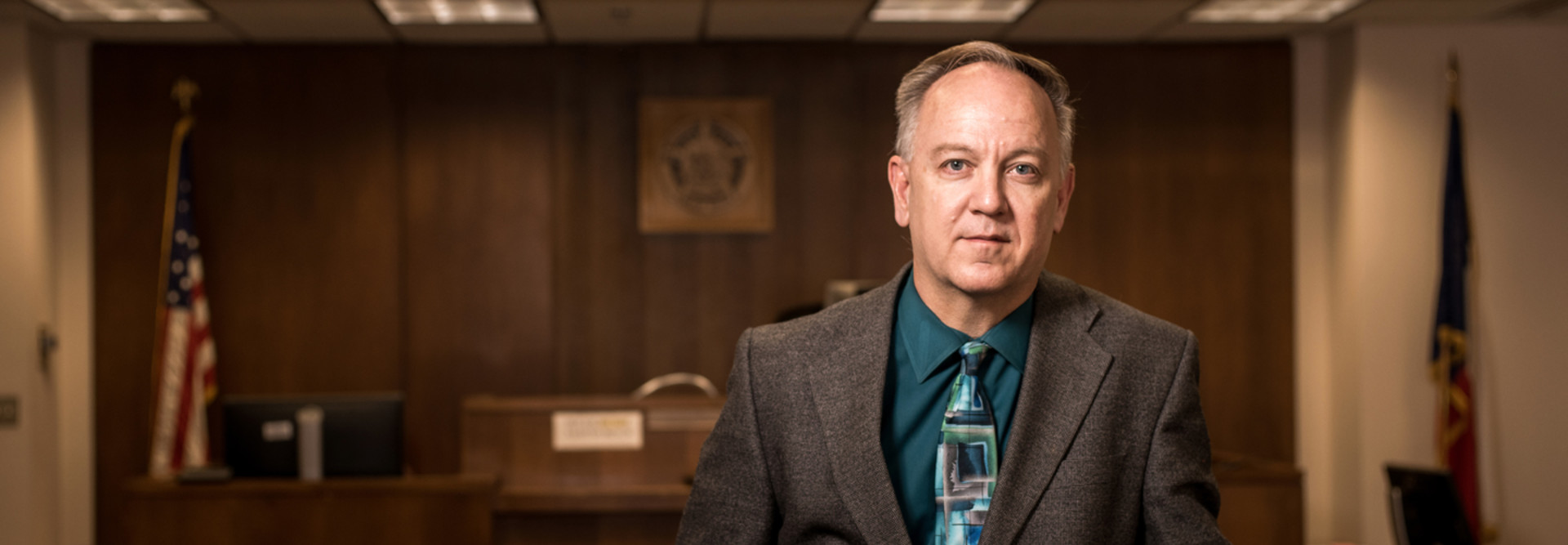Today, the court takes advantage of several video endpoints. These include Cisco telepresence screens in courtrooms, desktop units on the bench and in the clerk’s office, video phones, telecommuter laptops and video kiosks installed in local grocery stores. Tabor is now enhancing these kiosks, integrating live chat, text messaging and collaborative tools.
While the court doesn’t plan to use videoconferencing for trials, it’s tailor-made for plea entries and fine assessments. It also meets the round-the-clock needs of telecommuting judges assigned to adjudicate the cases of defendants held in the county magistrate’s center.
MORE FROM STATETECH: Find out how states have benefited from remote video testimony in courts via videoconferencing tech.
Oregon Upgrades Courtroom Telepresence Gear
As the telecommunication group lead for the Oregon Judicial Department, Brian Canfield has dealt with videoconference issues caused by underperforming networks. Frustrated, he switched to a new network service provider, which honored his group’s quality of service contract. “We’re now able to deliver a high-quality videoconference experience, with none of the pixelating we previously saw,” Canfield says.
Canfield’s small team centrally manages the network and video infrastructure for 36 county courthouses and 42 annexes across 27 judicial districts. While handling this function, the team managed to complete a sweeping videoconferencing rollout, part of the OJD’s technology modernization plan. Ninety-five percent of Oregon’s circuit courts supported video connectivity by 2007, but they had a mishmash of video tools restricted to point-to-point connections.
Canfield’s team upgraded each courthouse to common standards. The upside: They came away with a template for courtroom audiovisual installations that will speed deployments going forward.
“With a staff of five, we equipped all those courtrooms,” Canfield says. Among other technologies, they installed Polycom telepresence systems, RealPresence servers, smaller videoconferencing units and additional cameras to shoot from several angles. They also switched out existing audio equipment for high-end systems, so courtroom digital recording software can accurately capture audio and video for the official case record.
“The acoustics in large, open courtrooms make audio capture challenging,” Canfield says. Jail acoustics add another level of difficulty. For arraignments, jails use mobile Polycom videoconferencing units that can roll into designated rooms or in front of cells. “When audio recordings return from a jail, they have to be tuned to remove the echo,” Canfield says.
Occasionally, the team configures video units for unique circumstances, such as Oregon’s Post-Conviction Relief Program, which lets prisoners file petitions to contest sentences. Working from OJD’s central offices, retired judges conduct PCRP hearings via a video system that links them to the hearing.
MORE FROM STATETECH: Learn how telepresence technology helps keep courtrooms and the people in them connected.
Maricopa County Cuts Pre-Trial Jail Time and Costs
Before the 2016 launch of the Video Appearance Center in Maricopa County, Ariz., videoconferencing wasn’t a cornerstone technology for the county’s Justice Courts. The county had a video system for general use that it made available to its Justice Courts on a limited basis upon special request.
Meanwhile, a growing case backlog meant defendants jailed for failing to pay fines or appear on misdemeanor charges waited an average of 6.9 days before they were arraigned.
Court officials realized they could leverage videoconferencing to reduce jail time and accomplish other objectives. Court technologists gathered requirements and selected hardware and video software.
The Video Appearance Center delivered immediately. The technology allowed all Justice Courts to see defendants five days a week, with impressive results. Before the center came online, deputies transported inmates scheduled for hearings to one of 26 Justice Courts across Maricopa County. Now, they transport defendants from the jail through a tunnel connected to the Video Appearance Center, a basement-level courtroom in the Superior Court’s East Court Building.






.jpg)




